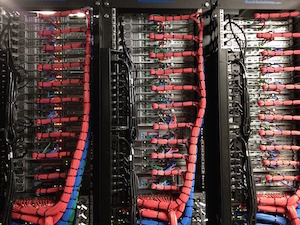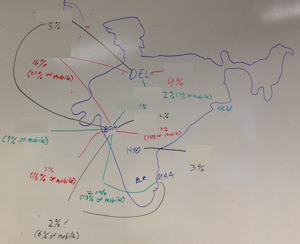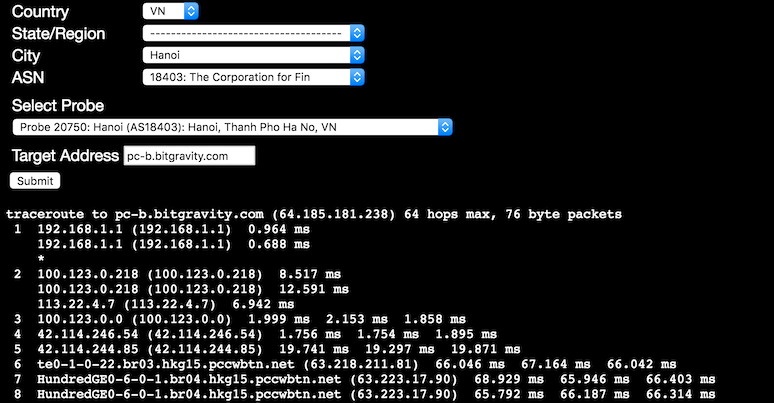


Fiber to the Home
Network management
Fiber to the Home
Strategy
Network
Automation
You've built a fiber to the home network. Ready to start offering high-speed broadband access? Now you need to manage it.
We can help with that. Building your active network infrastruture, setting up your operational processes, operating fast and reliable services, automating our customer turn-ups, we've done that.
You've built a fiber to the home network. Now you need to sell services over it. What services should you sell?
Open access or closed?
High speed Internet access, but at what speeds, and what prices?
Should you offer phone service? What about TV?
We've dealt with these issues in the past, and learned the difficult lessons.
Too many network operators type configurations into devices by hand. This is slow and cumbersome, but it's also error prone. Automating your configurations saves you time and effort, and enables you to provide more reliable service.
From simple scripting to automate routine tasks, to full automation allowing you to manage your network through Netbox and Ansible, we have the experience to get you there quickly and easily.



Network
Performance
Network
Deployment
Interconnection
Strategy
Network performance comes from getting content as close to your users as possible, and serving them via a direct path. It's easy to spend money on the first part and neglect the second.
We can analyze your network performance, globally or to your target markets, and work with you on cost-effective optimizations and improvements.
Building a global network to serve a global user base, or a local network to serve end users in your town? Either way, we've done that.
Standardizing configurations allows you to move quickly, without spending valuable engineering time on each site.Selecting the best locations for serving target markets keeps your cost low and your performance high.
Negotiating space, power, and connectivity gets your resources lined up before your equipment arrives.
Managing installations requires being prepared for common and uncommon pitfalls, most of which we've seen before.
We have more than two decades of experience managing complex global network installations, in the major Internet hubs of the world and in poorly connected developing regions. Talk to us about what we can do for you.
Whether you're serving a global market or a local one, your Internet connectivity impacts your performance and your cost structure. We can help.
We'll work with you on your peering and interconnection strategy. Do you want to optimize for price or performance? Are you content to buy large volumes of capacity, but need to make sure those you're buying from have capacity to deliver, or do you want to negotiate your own interconnection agreements? Who should you peer with, and where? Should you use exchange points or private interconnects?
We'll work with you to build a peering and interconnection strategy, and enable you to fully benefit from your global network build-out.
Global Traceroute

Global Traceroute allows traceroutes from almost any network in the world. We do this by leveraging the RIPE Atlas infrastructure, which has probes that have been distributed to individual users in far flung corners of the earth.
Other services provide performance monitoring of internet services from very distributed sets of users, but don't have much ability to diagnose the problems they point out. Flow monitoring systems provide a view of where traffic enters and exits your network, but don't provide information on the path beyond that. Traceroutes from your own systems provide a good view of the path taken by your outbound traffic, but not of inbound traffic. Various looking glasses, both free and commercial, offer traceroutes back towards your network from outside locations, but from a limited number of vantage points that are often not where your end users are. Pleading with complaining customers for traceroutes is an exercise in frustration on both sides.
This was a frustrating gap for those working on Internet interconnection and performance -- we've known we've had routing problems, but figuring out what the problem was could be very difficult. Global Traceroute is the missing piece of the troubleshooting puzzle.